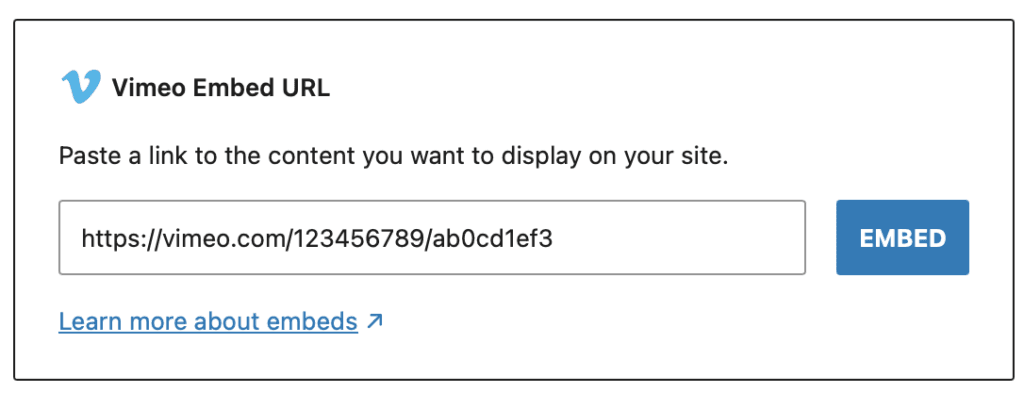aMember makes it simple to sell digital products and subscriptions worldwide, but selling to European Union countries is a major tax accounting nightmare.
In fact, according to official EU Parliament data, the cost of VAT compliance for small businesses (SMEs) is about US $16,000 (EUR15,000) PER YEAR!
In this blog, I’m going to highlight the rules (as I understand them), the choices I and many other small businesses face, and what I’m doing in my own business.
Before we dive in, let’s get one thing straight…
DISCLAIMER: I am not qualified to give VAT/tax, legal or financial advice, so you should consult a professional and get information specifically tailored to your circumstances
I’m just a small business owner trying to navigate this mind-bendingly overcomplicated, burdensome and bureaucratic minefield too.
With that understood, let’s dive in…
Table of Contents
A Special Place in EU VAT Hell
The “general rules” for the supply of services are:
- B2B – place of supply is where the customer belongs
- B2C – place of supply is where the supplier belongs
- Special B2C – place of supply is where the customer belongs
The special category includes electronic services, such as distance courses, images, text, software, music, films and games – i.e pretty much anything you might sell via aMember.
The rules for determining whether a customer is a “Business” (B2B) or a “Consumer” (B2C) has some nuances, but you may presume that your customer is in business if they provide you with their VAT number.
B2B sales are fairly straightforward: if your customer is VAT registered, they handle the VAT accounting in their own country using the reverse charge procedure, so you don’t have to charge or account for any VAT if they provide an EU VAT number.
If the customer is classed as B2C (ie they don’t have a VAT number), you have to charge them VAT at the rate for their country and remit it to the tax collection authorities in that country.
Each country has its own VAT rate, and they can change from time to time, so you have to stay on top of that too.
Finally, the EU, in their greed wisdom, have no minimum thresholds for supplies from non-EU countries – as I understand, it only takes ONE B2C supply of services from outside the EU to an EU country and they want you to register, report and pay VAT in that country (or via VAT OSS).
This makes it administratively burdensome and financially prohibitive for most smaller businesses running membership sites to comply.
So you really have THREE choices:
1) Ignore the rules (NOT recommended)
This has been a popular option for many small businesses, I suspect, especially those in the USA.
After all, what is a pencil pushing bureaucrat in Brussels going to do about a small business membership site in Ohio who sells the odd subscription to EU citizens?
And to many liberty minded Americans, what the hell does a foreign government think they are doing trying to claim jurisdiction over the activities of a US business?
However, new rules placed on payment providers like Stripe, PayPal etc mean they will have an obligation to report the little guys to CESOP from January 2024, so ignorance may not be a viable option much longer.
You might get away with it while you are still “small fry”, but if you manage to scale to 6 figures and beyond, you can bet they will eventually start tightening the noose by leveraging your ability to process payments etc.
2) Use a MoR payment provider
A “Merchant of Record” payment provider like Paddle, ClickBank or FastSpring acts as the retailer, so is responsible for VAT compliance.
You effectively “wholesale” products to them, and they on-sell to your customer.
This is mostly seamless to customers, and way less administrative hassle for you, but the payment processing fees are a lot higher than regular payment facilitators like PayPal, Stripe, and AuthorizeNet etc.
Even so, this is way less than the cost of handling VAT compliance yourself!
On the downside, they may also have restrictions on what you can sell… for example, Paddle doesn’t allow physical products or human services to be sold via their platform.
Still, if you sell eligible digital products and subscriptions, a MoR payment provider is a great option!
aMember, for example, supports both Paddle and ClickBank natively.
3) Block EU Sales
This might sound drastic, but if your customer base is mostly outside Europe, then it might just make sense to block all EU customers from purchasing from you directly.
If you use aMember Pro, you can block EU sales via Stripe, PayPal etc (which would make you liable for EU VAT), and have an MoR processor handle sales to the occasional EU customer on your behalf.
So what do I do?
Since just before the UK left the EU VAT arrangement in 2021 (as part of BREXIT), I’ve used Paddle for most of my aMember sites and SaaS services (in fact, I wrote and contributed the Paddle Plugin to aMember for free). Some of my older sites still use ClickBank.
For aMember sites where Stripe and PayPal is still enabled, I use my Block EU plugin to ensure no B2C orders from the EU can come through via those payment methods… all EU B2C sales go via Paddle or ClickBank, which means they handle the EU VAT compliance for me.
If I can’t use an MoR provider for a particular service, such as consulting, then I just refuse to make B2C sales to the EU. It’s just not worth the hassle. Thankfully, the bulk of my consulting clients are US and UK based anyhow, or are VAT registered themselves (B2B), so it’s not a problem.
And with the EU promising to get hotter on tracking VAT non-compliance this year, I’ve taken the time to re-write and publish a new version of my Block EU plugin so others can do the same.
It could literally save you thousands in fees (or fines) if the beaurocrats in Brussels get their way.
Find out more and order it here.
Further Reading & Resources
Here are some of the VAT related resources I’ve ploughed through… good luck!
- https://www.gov.uk/guidance/vat-guide-notice-700
- https://www.gov.uk/guidance/vat-place-of-supply-of-services-notice-741a
- https://vat-one-stop-shop.ec.europa.eu/system/files/2021-07/explanatory_notes_2015_en_0.pdf
- https://www.lawsociety.org.uk/topics/brexit/vat-after-brexit
- https://www.paddle.com/blog/eu-vat-compliance-for-us-software-sellers
- https://vat-one-stop-shop.ec.europa.eu/one-stop-shop_en




